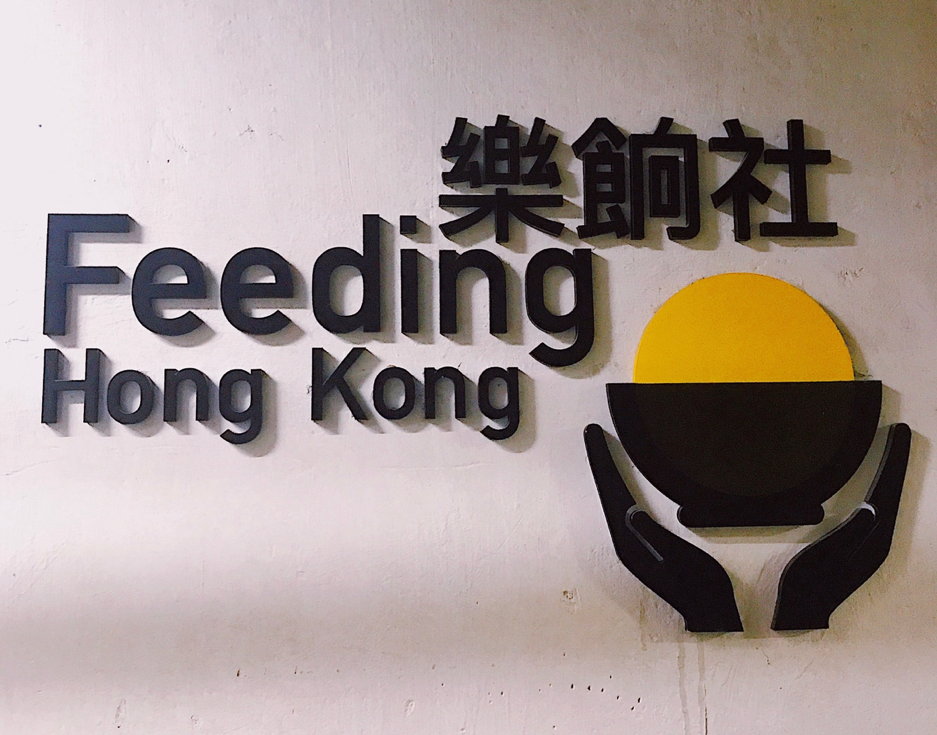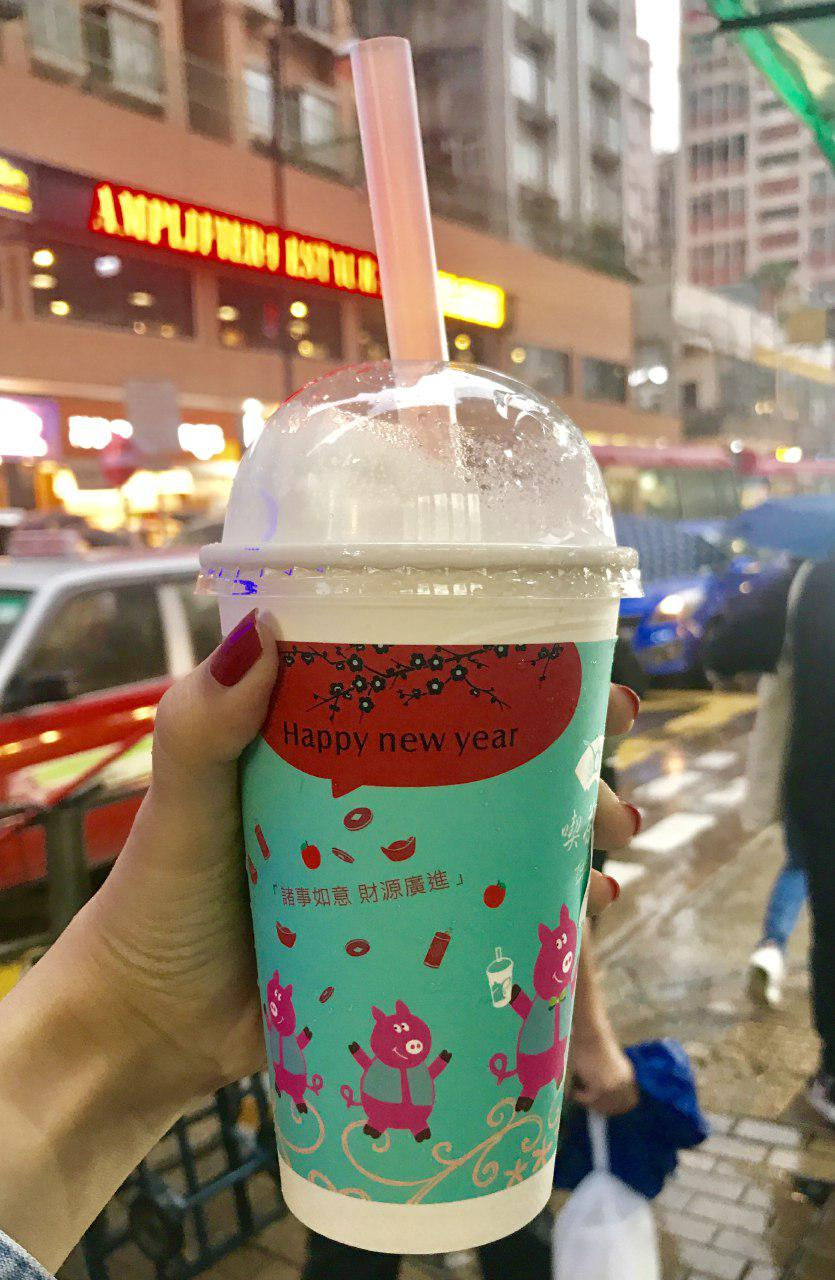FEEDING HONG KONG
- fms8522019
- Apr 21, 2019
- 3 min read
Updated: Apr 24, 2019
Food Wanted Not Wasted
By Aliyah Khan
Hong Kong; A vibrant metropolis city famous for its colourful traditions, rich culture and impressive skyline is not only widely known for its luxury shopping and night markets – It is a food paradise for tourists and locals alike.
So when I first heard of Feeding Hong Kong, I figured it’d be something food related, a popular restaurant perhaps? It’s safe to say I was not entirely wrong.
Feeding Hong Kong is a Business to Business (B2B) logistics hub that collects “surplus stock from food companies, sorts and stores it, and redistributes it to multiple charities across the city.”
When we first arrived at Feeding Hong Kong, it was difficult to not notice that we were not in a conventional office building. We were in a warehouse – splotches of grey paint on the walls, an abundance of cardboard boxes scattered around, and a ginormous cargo lift which made obnoxious sounds while doing its job.
We were ushered into a small room the moment we stepped into the premises, and we sat to listen to a presentation made by a member of their team.
I paid close attention to the details written on the screen, engrossed in absorbing the appalling data laid out in front of me.
“3,600 tonnes (3,600,000 kg) of food waste are sent to landfills in Hong Kong. Every day. “
That was equivalent to 250 double decker buses of food waste per day. It felt like such an insurmountable amount to me that I was in disbelief for a moment. How could it add up to that much?
My question was answered shortly afterwards.
In order to sell commercialised products, quality and consistency is paramount. A minute difference in the size of a mushroom for instance, is a good enough reason to not sell it to the masses. Similarly, an entire bulk of canned soup would be disposed of if any printing errors were to be found on the packaging.
While blunders are inevitable in every business, the effects are particularly more detrimental in the food industry, with food wastage filling up landfills at an alarmingly quick rate.
In efforts to reduce food wastage, Feeding Hong Kong partners with various organisations to distribute surplus food to feed the less fortunate in Hong Kong, where over a million people live on the fringe of poverty. Existing partners include wellcome supermarket, Pizza Express, Cathay Pacific and Pret A Manger.
When the presentation was over, we were given a tour of the area. I was surprised to find out that they stored the food right beside the room we had been sitting in for the last 30 minutes.
At first glance, bags of rice, cereals and other dried foods are noticeably stacked neatly on the shelves or in cardboard boxes. I was amused to find out that there were 2 walk-in fridges (which stored the perishable foods, obviously) that we were free to enter! I’d love to tell you that walking in a fridge was a spectacular experience I never knew I needed, but it really was just exactly what you’d imagine being in a fridge would be: cold.
Since Feeding Hong Kong works with organisations that help the less fortunate, we were also encouraged to donate food items on the day of our visit. I brought canned soup and a bottle of soy sauce, whilst some others brought packets of instant coffee, Milo, canned food and breakfast cereals. We were then instructed to place our food items in the plastic containers in front of us, following labels that categorised the products, like “Bottles” and “Cans”.
The tour around Feeding Hong Kong was shorter than I expected. Granted, the total area was relatively small, though I was thoroughly impressed by their effective use of space and how strategic their office cum warehouse lay out was.
After a Q&A session with our host, she placed Feeding Hong Kong’s merchandise on a table whilst we browsed through them.
Our visit to Feeding Hong Kong did not offer the most scenic views nor mouthwatering meals, but it presented hard truths that opened our eyes to a very real, present and destructive problem: Food wastage.
I ended up buying a bright yellow Feeding Hong Kong magnet (priced at HK$10). It is now placed on my fridge back in Singapore, where ever so occasionally, I glance over and receive an important reminder: Do not waste food.





Commenti